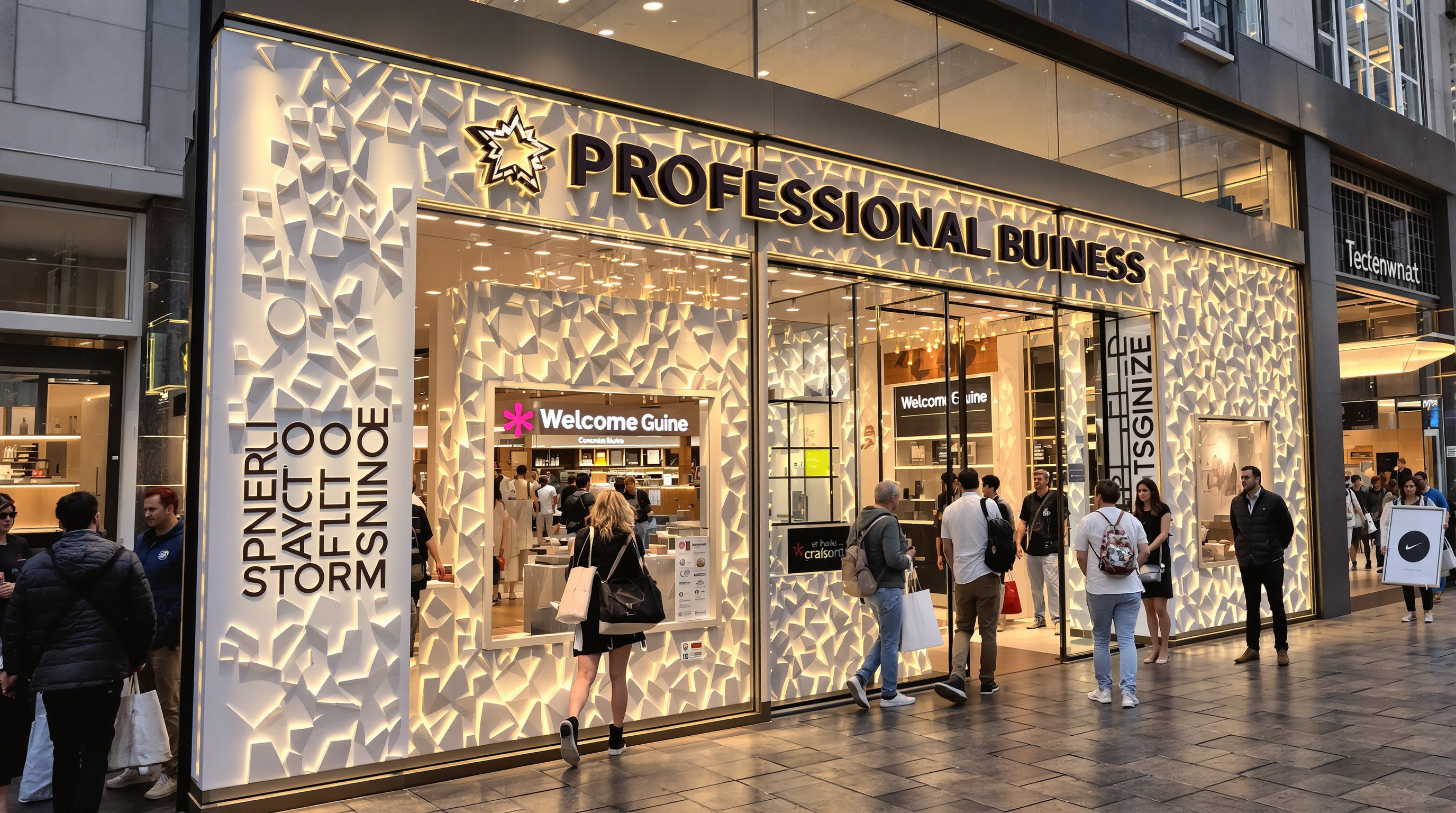Building Your Brand Beyond Boundaries
T.K. Broecker / 26 October 2025

Building Brand Identity Through Local Signage and Community Connection
In Louisville’s busy business scene, standing out takes more than a logo or catchy slogan. Real brand identity comes from what people see, feel, and remember about your business. Strong signage, consistent design, and a visible community presence help local brands connect with real people—not just customers. This mix of design and connection turns casual shoppers into loyal fans.
What Makes a Brand Identity Strong
Your brand identity is the look, feel, and voice of your business. It’s what people picture when they hear your name. Research shows people form first impressions in less than a second, so your visuals matter—a lot. A strong brand identity includes:
- A clear logo that fits your values
- Consistent colors that make your brand easy to recognize
- Fonts and layouts that match your tone
- Images that connect with your audience
Consistency is key. When people see your name on signs, social media, and business cards—and it all looks and feels the same—they remember you. That familiarity builds trust. Big brands like Coca-Cola or FedEx rely on this idea. It’s the same reason a small business in Louisville should keep its visuals steady, from shop signs to website banners.
Why Local Signage Still Matters
Good signage does more than show where you are—it tells people who you are. Signs help customers find you, recognize your brand, and feel confident about visiting your business.
Here’s how strong signage helps:
- Makes your business easy to find and remember
- Shares your brand message quickly, even from the street
- Creates a professional first impression
- Builds trust through clean design and quality materials
Studies show that clear and well-placed signs can boost walk-in traffic by over 10%. Materials matter too—wood, metal, or high-quality acrylic signs give off a feeling of care and quality. Louisville’s print and sign shops often help local businesses choose the right look for their space and budget. You can read more about the evolution of signage and how it shapes modern branding on Smithsonian Magazine.
Connecting with the Louisville Community
People support brands that care about their community. When your business takes part in local events, sponsors youth teams, or simply knows its neighborhood, customers notice. It shows your brand is part of the Louisville story, not just another business.
Ways to connect locally include:
- Using local photos or themes in your signs and marketing
- Sponsoring small events or festivals in your area
- Partnering with nearby businesses for shared promotions
- Adding community boards or welcoming spaces inside your shop
Community-based marketing often leads to long-term success because people prefer to buy from familiar names they trust. In neighborhoods like St. Matthews, Prospect, and Jeffersontown, strong local ties are what turn one-time buyers into lifelong customers.
Keeping It Creative but Professional
Every brand should balance creativity with professionalism. A little personality helps your business feel approachable, while consistent quality builds confidence. Mixing color, shape, and texture in your signage or printed materials adds interest without losing focus.
Try these simple approaches:
- Keep your core logo and colors the same, even in creative layouts
- Use design thinking—ask how each sign helps your customer
- Add texture or 3D effects for a more memorable look
- Focus on readability first, then style second
Signs that look great but also help customers navigate your space leave a stronger impression. It’s not just about being seen—it’s about being remembered. For inspiration on how print and design work together to boost visibility, check out this blog post on creating eye-catching signage from The Print Refinery Louisville East.
Bringing It All Together
Building a brand takes time and attention to detail. From choosing the right colors to placing the right signs in your store or storefront, every part plays a role. When your signage, marketing, and community efforts all work together, your business stands out naturally.
In a city like Louisville—where small businesses thrive on personality and connection—branding isn’t just about looks. It’s about belonging. With the help of local printing and design experts, your brand can grow roots in the community and stay memorable for years to come.